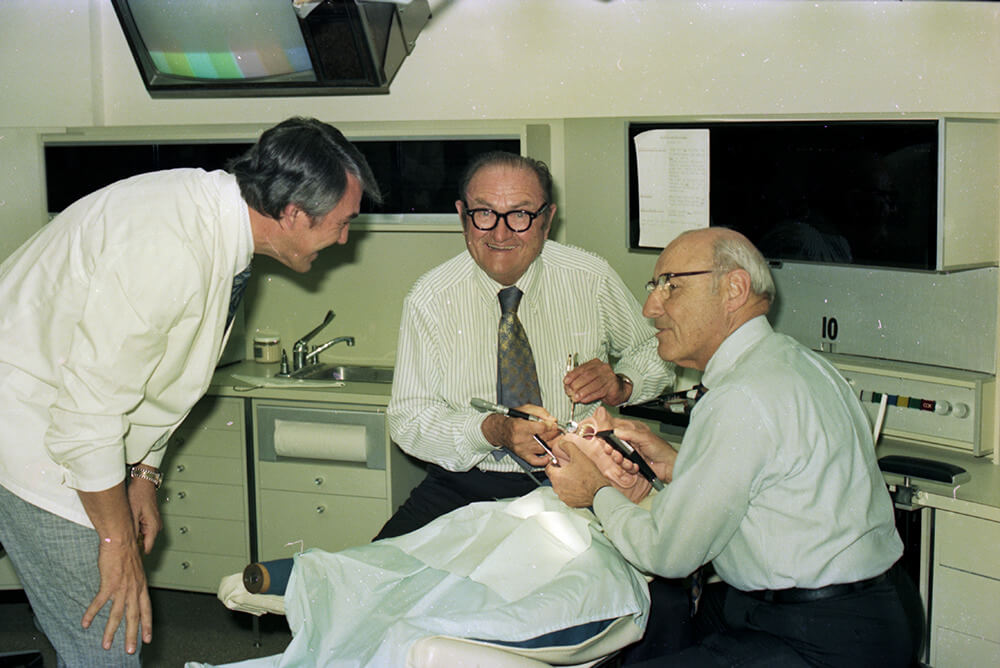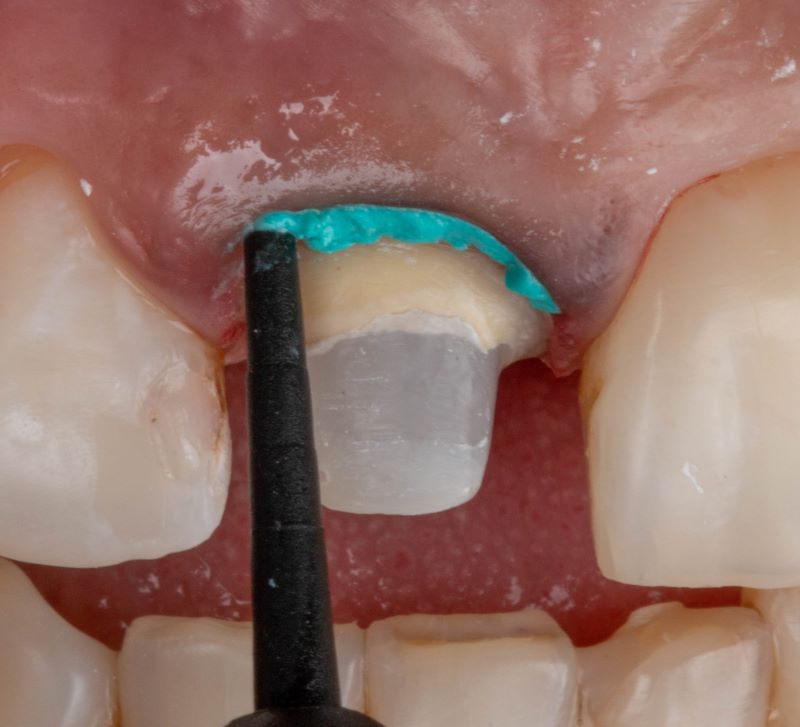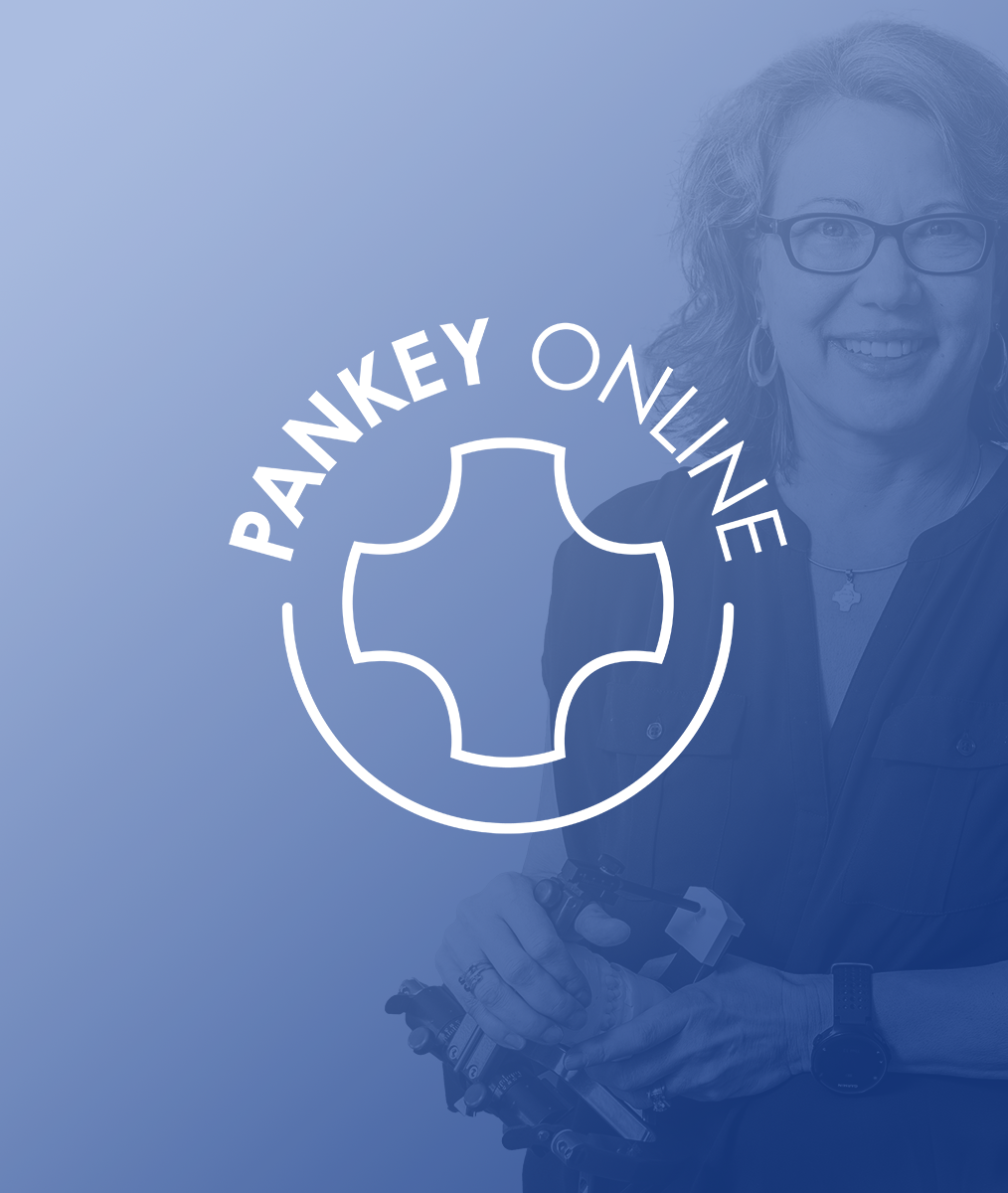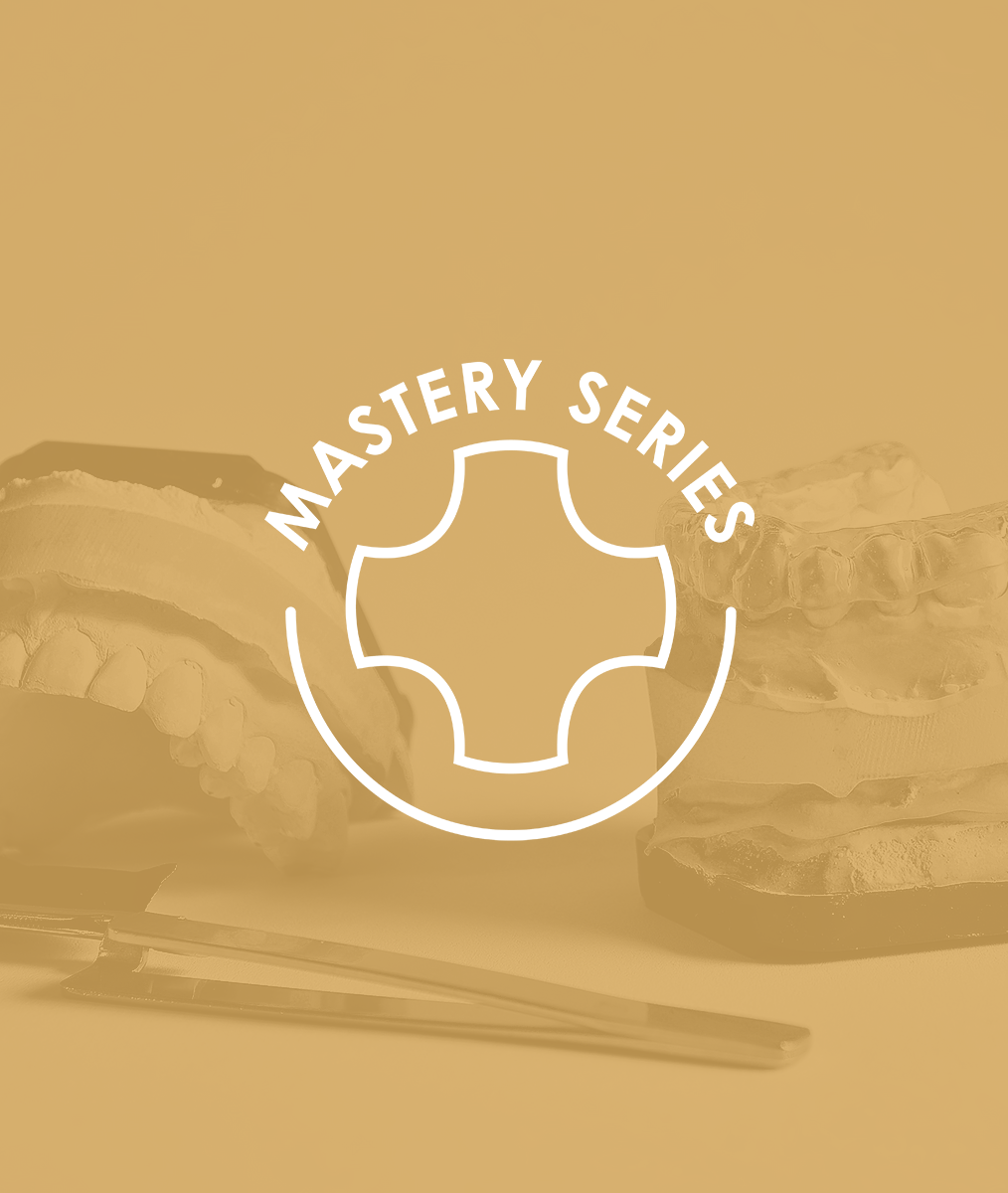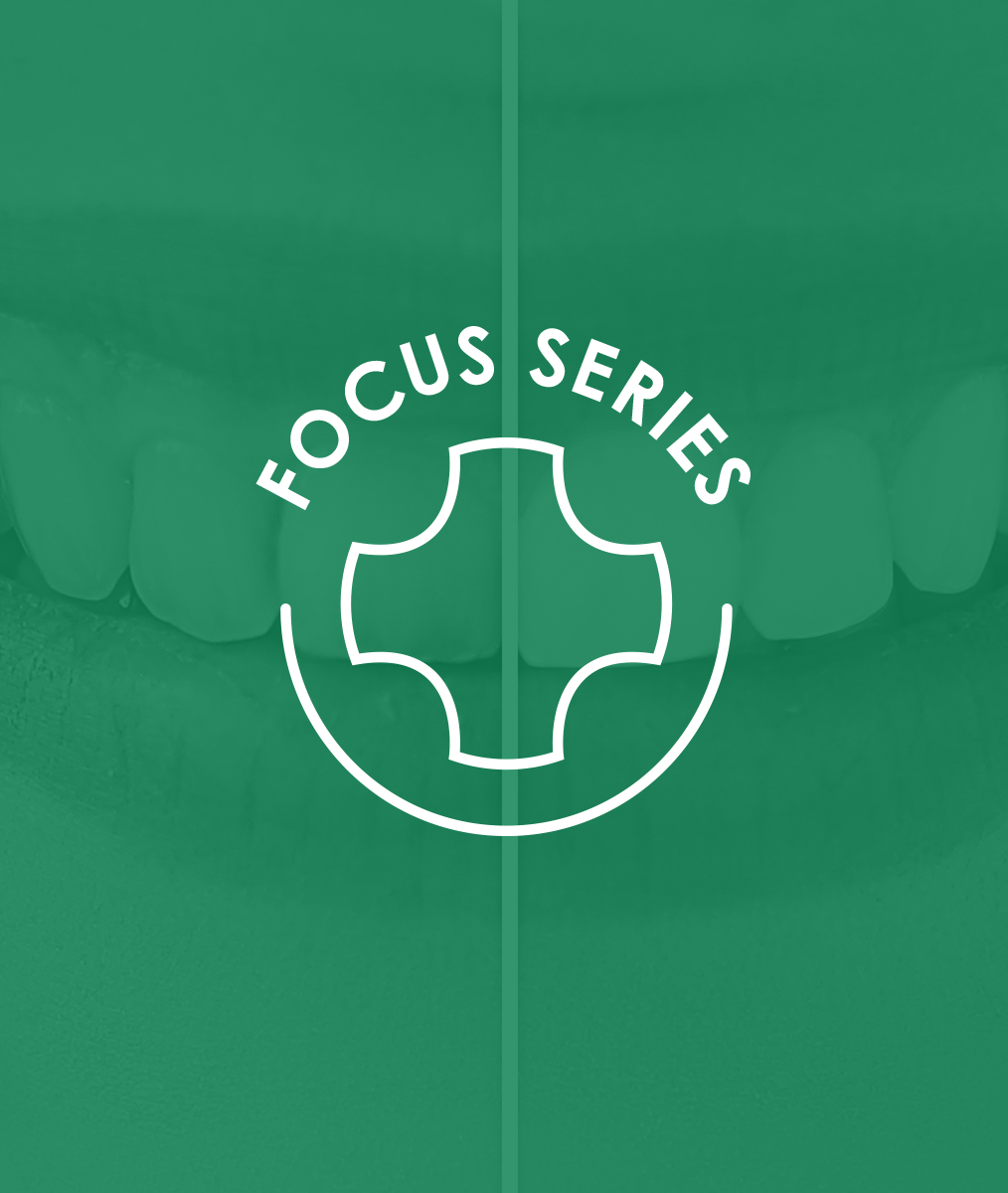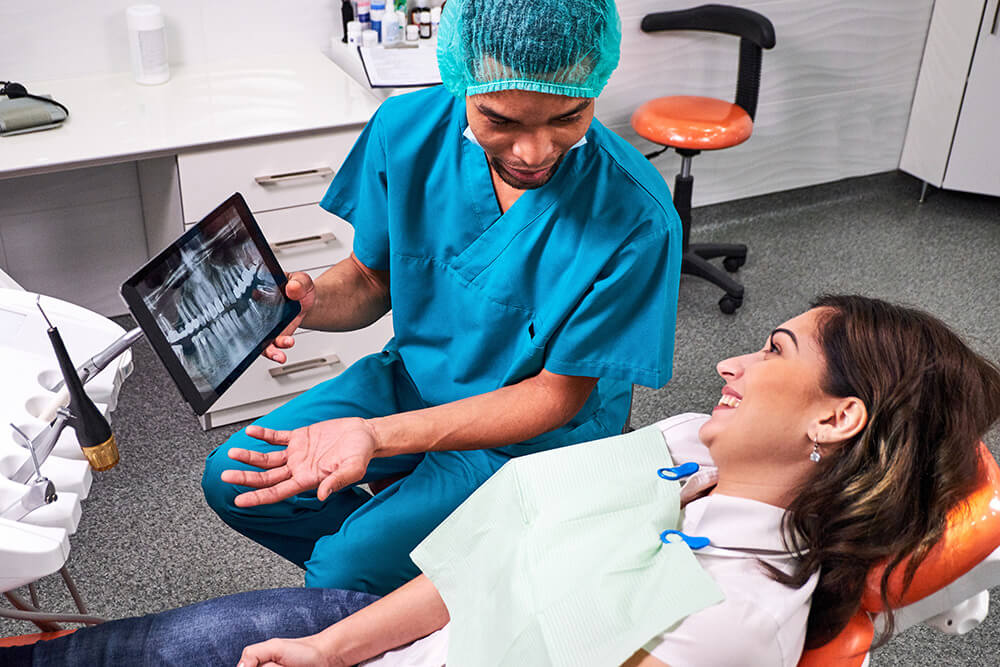Another L. D. Pankey Story: Beauty Is in the Eyes of the Beholder
While L. D. Pankey was practicing in Coral Gables, he continued to follow his personal commitment “to never taking out another tooth.” When teeth needed to be removed or needed a root canal, he would refer his patients to an oral surgeon or endodontist in Miami. So, his practice consisted of mainly doing periodontal procedures, restorative dentistry following the Pankey Mann Schuyler method, and complete, and partial dentures.
One day a 90-year-old retired dentist from Chicago came in to see him to have a new upper and lower denture made. His name was Frank Davis. Frank was the creator of the Davis Crown back in the 1920’s. L. D. learned about the Davis Crown when he was working in high school as a lab assistant in an Evansville, Indiana dental office.
The Davis Crown was a solder facing on a gold post. The doctor would cut a tooth off even with the gum, do a root canal, put a post in the root space, and followed with a pick-up impression. The dentist would then sedge 24k gold into the post on the master model and fit a facing. The hard part was to solder these crowns without breaking the porcelain facing. You had to heat the invested crown very slowly and after soldering, you had to cool just as slowly. If you were successful, this would keep the porcelain facing from cracking.
Now, here was the famous Frank Davis in Dr. Pankey’s office wanting new dentures!
Dr. Davis had been one of the most successful dentists in Chicago but had made most of his money in areas other than dentistry. L. D. supposed Frank must have followed his own technique and had all of his teeth cut off at the gum line. At some point, his teeth must had become infected because now he had a complete set of dentures.
At the initial interview, Dr. Davis told L. D. his dentures did not fit anymore, and he wanted L.D. to make him both new maxillary and mandibular denture.
So, L.D. followed his normal denture technique, made the impressions. fabricated bases, and set all the teeth himself. In L.D.’s mind’s eye at try-in the teeth looked pretty nice.
When Frank Davis saw the set-up, he took a hand torch, warmed the wax, and with his thumb started pushing the front teeth all over the place. Finally, he said, “I want you to finish the dentures just like that.”
Surprised, L.D. said, “They’re going to look kind of grotesque.” Frank said, “That’s the way I want them,” he insisted. “Then people won’t know I wear dentures.” So, L.D. finished his dentures just the way Frank had pushed the teeth around.
At the delivery appointment, they were both pleased with the result.
Related Course
The Pankey Assistant’s Experience
DATE: July 11 2024 @ 8:00 am - July 13 2024 @ 3:00 pmThis “can’t miss” course will empower Dental Assistants to bring their skills to excellence! During this dynamic hands-on course, led by Pankey clinical team member, Sandra Caicedo, participants will learn…
Learn More>
